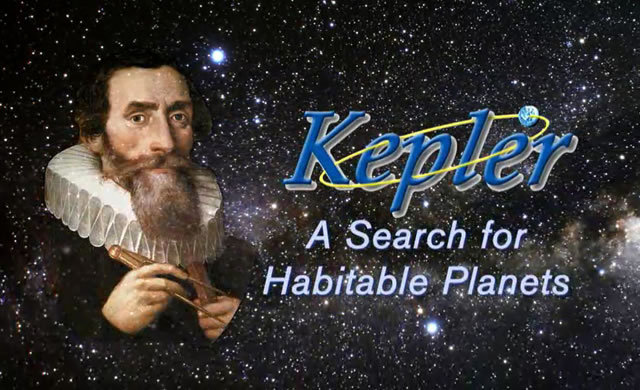
Credits: ESO/L. Calçada/M. Kornmesser
Un’equipe di astronomi ha usato lo strumento SPHERE montato sul VLT (Very Large Telescope) dell’ESO per ottenere un’immagine del primo pianeta trovato in orbita allargata intorno a un sistema triplo di stelle. L’orbita di questo pianeta dovrebbe essere instabile, causando l’espulsione del pianeta dal sistema. In qualche modo però questo sopravvive. Questo risultato inaspettato suggerisce che questo tipo di sistemi possano essere più comuni del previsto. I risultati sono stati pubblicati on-line dalla rivista Science il 7 luglio 2016.
Tatooine, il pianeta di Luke Skywalker nella saga di Star Wars, era uno strano mondo con due soli nel cielo, ma gli astronomi sono riusciti a trovare un sistema ancora più esotico, un pianeta in cui l’osservatore vedrebbe sempre la luce del giorno, oppure tre diverse albe e tramonti ogni giorno, a seconda della stagione, che comunque dura molto di più di una vita umana. Questo mondo è stato scoperto da un’equipe di astronomi guidata dall’Università dell’Arizona (USA) sfruttando le immagini dirette del VLT (Very Large Telescope) dell’ESO in Cile. Il pianeta, HD 131399Ab, è diverso da tutti gli altri mondi conosciuti – la sua orbita intorno alla stella più brillante delle tre è la più ampia che si conosca in un sistema multiplo. Queste orbite sono spesso instabili, a causa dei campi gravitazionali complessi e mutevoli delle altre due stelle del sistema, e si pensava che fosse molto improbabilie trovare pianeti su orbite stabili. A circa 320 anni luce dalla Terra, nella costellazione del Centauro, HD 131399Ab ha circa 16 milioni di anni, uno dei più giovani esopianeti finora scoperti, ed è anche uno dei pochi di cui si sia ottenuta un’immagine diretta.
Fonte/Leggi tutto → ESO.org
A team of astronomers have used the SPHERE instrument on ESO’s Very Large Telescope to image the first planet ever found in a wide orbit inside a triple-star system. The orbit of such a planet had been expected to be unstable, probably resulting in the planet being quickly ejected from the system. But somehow this one survives. This unexpected observation suggests that such systems may actually be more common than previously thought. The results will be published online in the journal Science on 7 July 2016.
Luke Skywalker’s home planet, Tatooine, in the Star Wars saga, was a strange world with two suns in the sky, but astronomers have now found a planet in an even more exotic system, where an observer would either experience constant daylight or enjoy triple sunrises and sunsets each day, depending on the seasons, which last longer than human lifetimes. This world has been discovered by a team of astronomers led by the University of Arizona, USA, using direct imaging at ESO’s Very Large Telescope (VLT) in Chile. The planet, HD 131399Ab, is unlike any other known world — its orbit around the brightest of the three stars is by far the widest known within a multi-star system. Such orbits are often unstable, because of the complex and changing gravitational attraction from the other two stars in the system, and planets in stable orbits were thought to be very unlikely. Located about 320 light-years from Earth in the constellation of Centaurus (The Centaur), HD 131399Ab is about 16 million years old, making it also one of the youngest exoplanets discovered to date, and one of very few directly imaged planets. With a temperature of around 580 degrees Celsius and an estimated mass of four Jupiter masses, it is also one of the coldest and least massive directly-imaged exoplanets.
Source/Continue reading → ESO.org





















